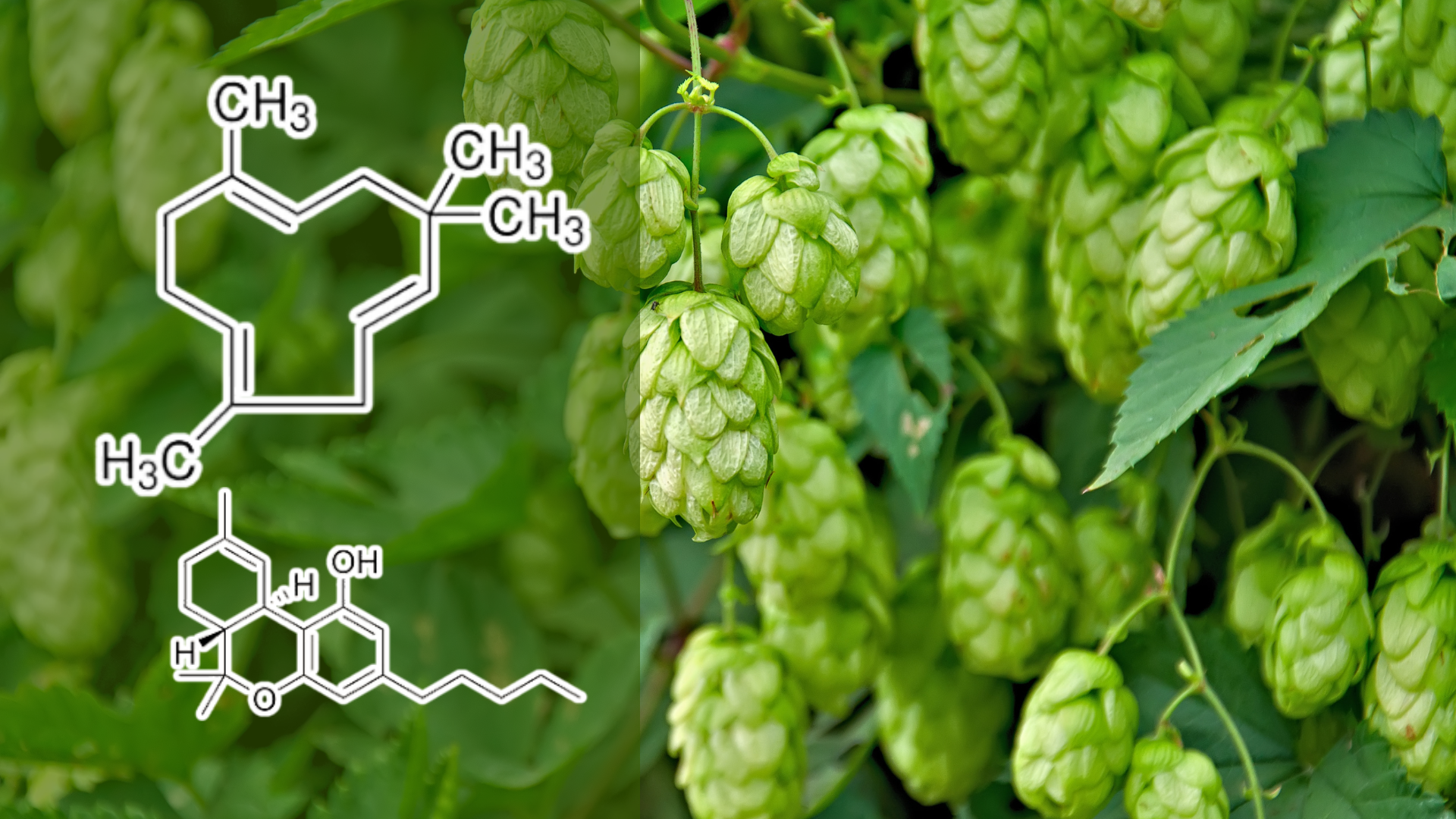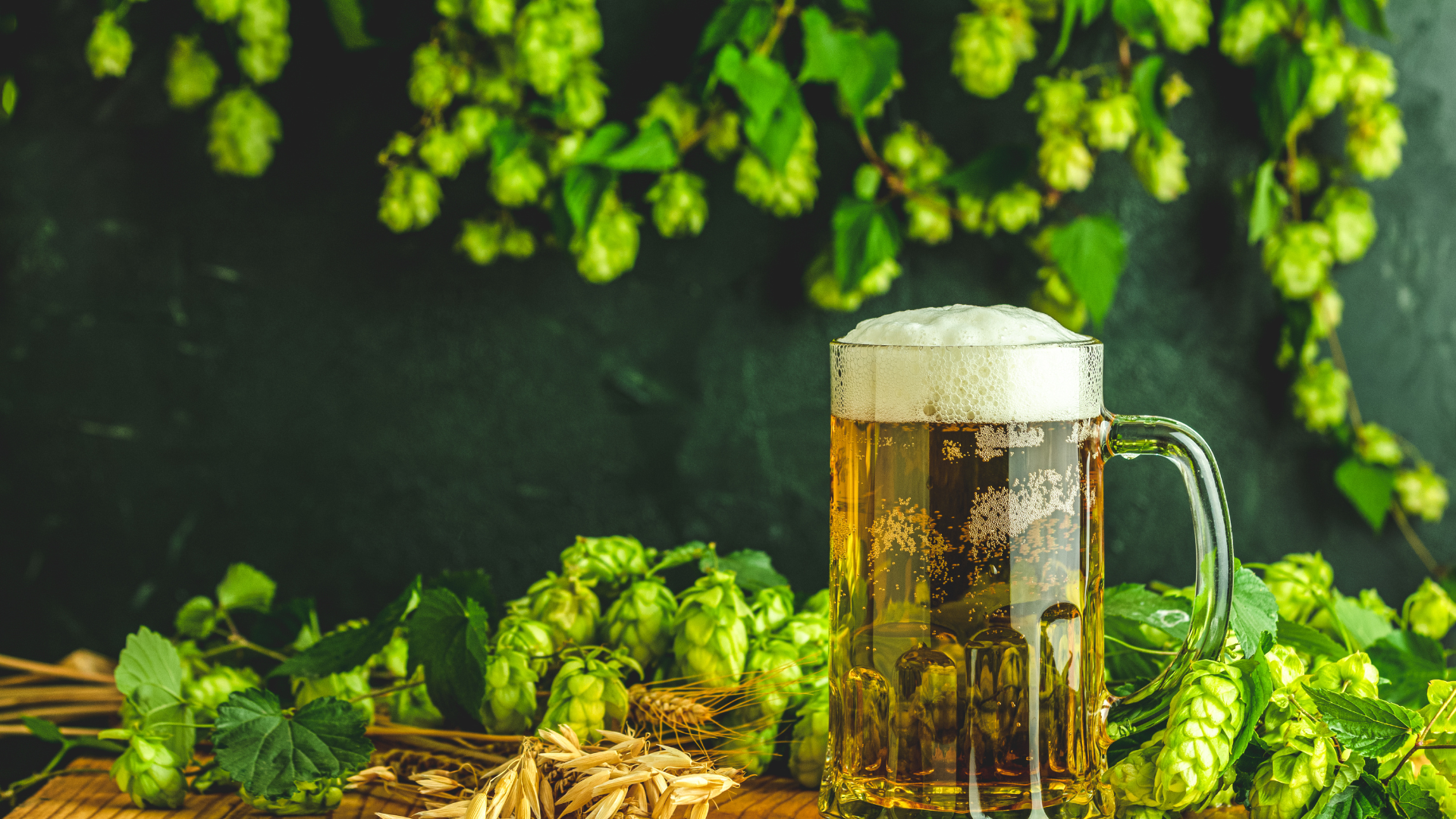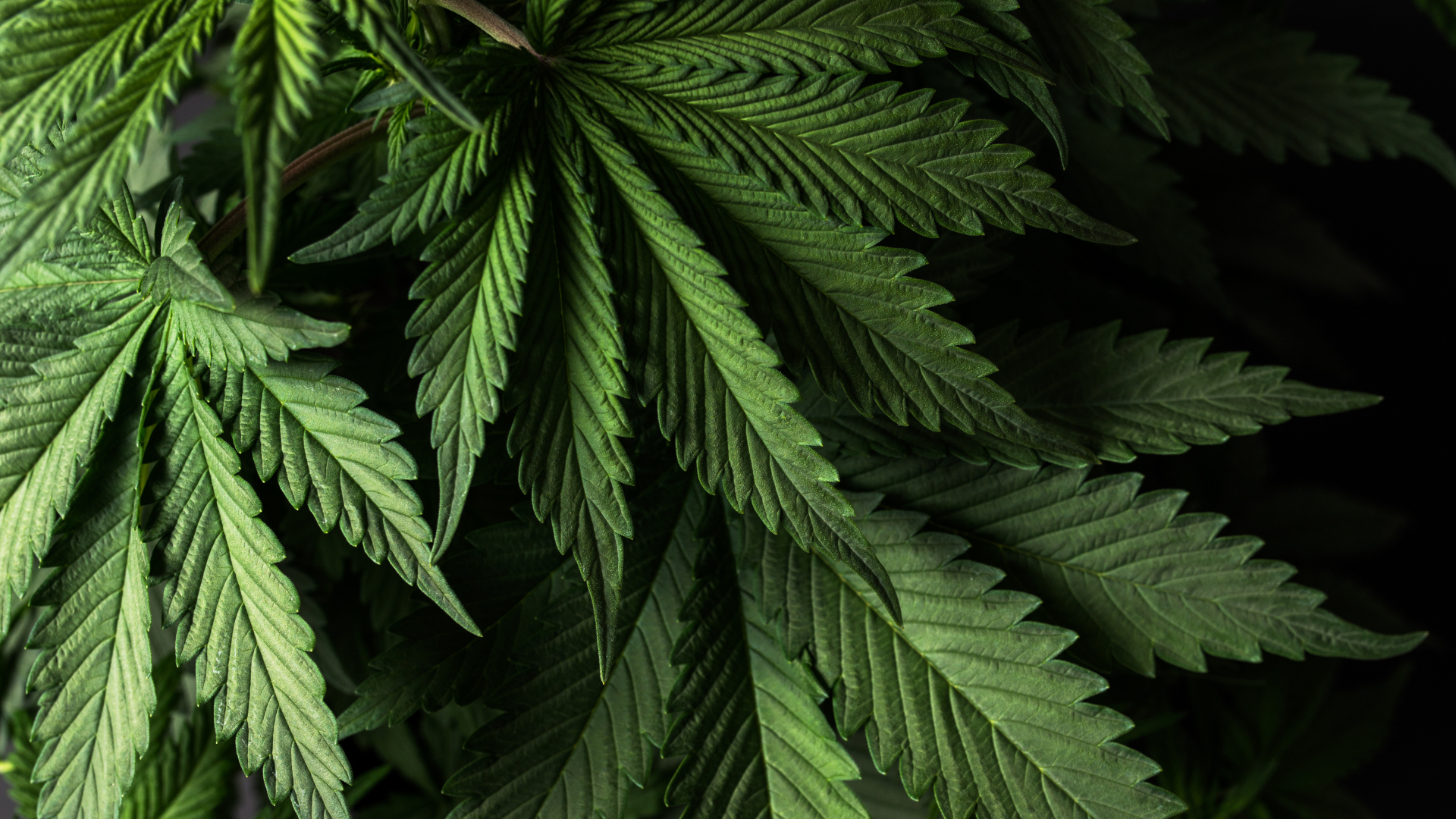Humulene Terpene: What It Is and How It Shapes Cannabis Aroma

Cannabis is more than just THC and CBD. Behind every strain's signature aroma and complex profile is a rich tapestry of naturally occurring compounds called terpenes. One of the most unique and underrated terpenes found in cannabis is humulene.
Also known as α-humulene or alpha-caryophyllene, this terpene delivers earthy, herbal, and subtly spicy notes. Humulene plays a major role in the aromatic identity of various strains, and it’s also found in hops, sage, and ginseng.
Let’s explore the roots, roles, and significance of humulene in cannabis.
What Are Terpenes?
Terpenes are aromatic compounds naturally produced by many plants. In cannabis, they are secreted in the same glands that produce cannabinoids and contribute heavily to the scent and sensory profile of each strain. Think pine, citrus, clove, or lavender—these familiar notes are due to terpenes.
In nature, terpenes help plants defend against pests and attract pollinators.
What Is Humulene?

Humulene is a sesquiterpene, meaning it has three isoprene units (15 carbon atoms), making it more stable than lighter monoterpenes. It’s found in:
-
Hops (Humulus lupulus), which gives beer its earthy bitterness
-
Sage
-
Black pepper
-
Basil
-
Ginseng
-
Cannabis
Unlike other terpenes that are sweet or citrusy, humulene leans more rustic and herbal. Its profile is woodsy, musky, and occasionally peppery, grounding the aroma of many cannabis cultivars.
Where Else Is Humulene Found?
Aside from cannabis, humulene is prevalent in:
-
Hops – This is where it gets its name. Hops are used in brewing beer and lend a characteristic bitter, earthy note.
-
Sage – Used in culinary and traditional applications, sage has humulene as a contributing compound.
-
Ginger Root – Known for its distinct sharpness, ginger also carries humulene as part of its terpene mix.
-
Coriander and Black Pepper – Both spices contain humulene, giving them their spicy depth.
How Humulene Contributes to Cannabis
In cannabis, humulene helps balance and deepen a strain’s aromatic complexity. When present in high quantities, it can add a crisp, forest-like aroma that anchors more vibrant or citrusy terpenes like limonene or pinene.
Though every individual may experience aromas differently, strains high in humulene often appeal to cannabis connoisseurs looking for that bold, earthy character.
Strains with High Humulene Content
If you’re looking to explore humulene-rich cannabis, here are a few cultivars commonly associated with this terpene:
Sour Diesel
This classic sativa-dominant strain is known for its pungent scent that includes notes of fuel, citrus, and earth. Humulene may contribute to its deep, grounding aroma.

Girl Scout Cookies (GSC)
A hybrid strain celebrated for its unique earthiness. Humulene plays a part in that nuanced profile.
Headband
Named for the feeling some users say it delivers around the forehead, this strain combines OG Kush and Sour Diesel lineage. Its aroma often features diesel and lemon notes, anchored by humulene’s woody spice.
White Widow
Known globally, White Widow is a balanced hybrid strain that’s often cited for its humulene and myrcene content. It delivers a musky, earthy nose.
How Do Regional and Cultivation Factors Influence Humulene?
Just like grapes in winemaking, cannabis terpene expression is influenced by terroir. Climate, soil composition, and cultivation practices all affect terpene levels, including humulene.
-
Warm, dry climates can elevate humulene content in the flower.
-
Organic, living soil often enhances terpene expression.
-
Post-harvest techniques like proper drying and curing help preserve volatile compounds like humulene.
Growers aiming to bring out humulene often use low-stress training (LST), avoid overfeeding with synthetic nutrients, and prioritize terpene preservation over sheer yield.
Chemistry and Aroma of Humulene
Humulene is a bicyclic sesquiterpene, meaning it features two ring structures. This complex molecular arrangement contributes to its stable, earthy aroma that persists in essential oils and cannabis resin.
Its boiling point ranges between 198-210°C (388-410°F), so vaporizing at lower temps may help retain its aromatic profile during consumption.
Community Trends: Why People Are Talking About Humulene
As cannabis consumers become more educated, there’s a growing demand for strains based on aroma and terpene profile rather than THC percentages alone.
In this landscape, humulene stands out for several reasons:
-
It’s common in both craft cannabis and mainstream cultivars.
- It offers a counterbalance to citrus-heavy terpene blends.
Is Humulene Rare?
Not at all. While it may not dominate the terpene profile of most strains, it frequently appears as a secondary or tertiary terpene. That means it’s often present, just not always in the highest concentrations. Cultivars that emphasize earthy or gassy aromas tend to express it more prominently.
There’s much more to cannabis than THC content. As terpene awareness continues to rise, humulene is earning its place as a notable compound in both the cultivation room and on the dispensary shelf. For those who value aroma, heritage, and craft, it’s a terpene worth following.
FAQs
No. Humulene is also found in hops, black pepper, ginseng, sage, and basil.
Yes. Essential oils from hops, sage, ginger, and other plants contain varying levels of humulene.
Environmental conditions, genetics, and post-harvest processing all affect terpene levels, including humulene.

